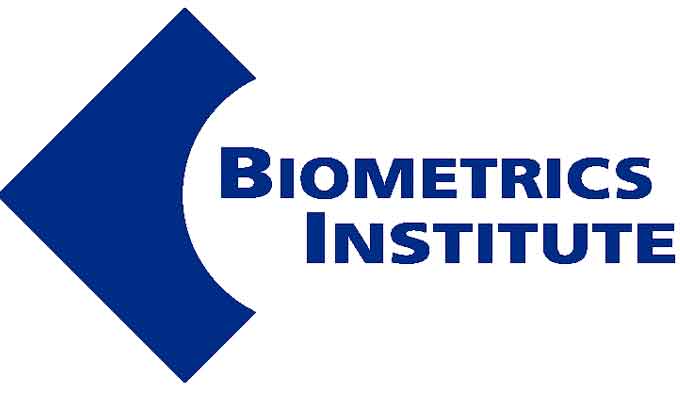The Biometrics Institute has officially released a much-anticipated good-practice guide titled ‘Understanding Biometrics – Considerations for Implementing a Biometric System.’
Understanding Biometrics covers important topics such as:
- Assessing the need for a recognition system
- Privacy and security
- Choosing the right biometric system based on modality and quality
- How the system will work within the context of the organization, system vulnerabilities, and
- The importance of thorough testing
”There has been a clear demand from our members to produce a basic biometric system implementation guide and the Institute is well placed to develop independent guiding material with the support of its expert and sector group experts,” says Isabelle Moeller, CEO of the Biometrics Institute.

“This guide is intended to be a simple, accessible and usable resource for members to refer to when considering the use and appropriateness of a biometric system, particularly for first time users,” Moeller explains.
“It is also relevant and useful for those contemplating upgrading their current system,” Moeller explains.
“It is not a policy document, it is not by any means an exhaustive manual; it should however, include the basics and serve as guiding material for those who are not the experts.”
Once organizations have decided that adopting a biometric system is relevant and appropriate, the guide will lead them through various factors to consider when deciding which system to select.
It will highlight some sample biometric modalities and give practical working examples to assist readers’ understanding of the factors to consider.
The rationale is that with proper processes, checks and testing, a desired outcome can be achieved with fewer problems or unforeseen complications.
Using biometrics does not automatically guarantee success. The technology installed must be fit for purpose and implemented properly.
Users need to ask several questions before purchasing a new biometric system (and continue to ask them, even after it has been installed):
- Is the system the right one for my intended purpose?
- Is it being used in the right way, and only for the intended purpose?
- Is it reliable, efficient and accurate?
- Is it cost effective?
- Is it secure?
- Does it safeguard privacy?
- What are the system vulnerabilities?
Understanding Biometrics has been prepared with the assistance of the Institute’s Technology Innovation Expert Group, with additional reference material provided by other professionals in the field of biometrics.
It is a living document, which the Institute intends to update once every two years to keep up with evolving technology, standards and guiding principles, and is available for free to all of the Institute’s members.
(Learn More. The Biometrics Institute held this virtual meeting on the 10 May 2018 to brief members and key stakeholders on good practices for the implementation of biometrics. The Biometrics Institute is currently finalizing a good practice guide for members “Understanding Biometrics” which will go into more detail of these good practices and provide reference material for further reading. Courtesy of The Biometrics Institute and YouTube. Posted on Jun 4, 2018.)


















